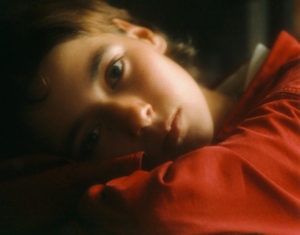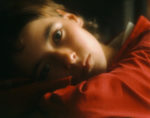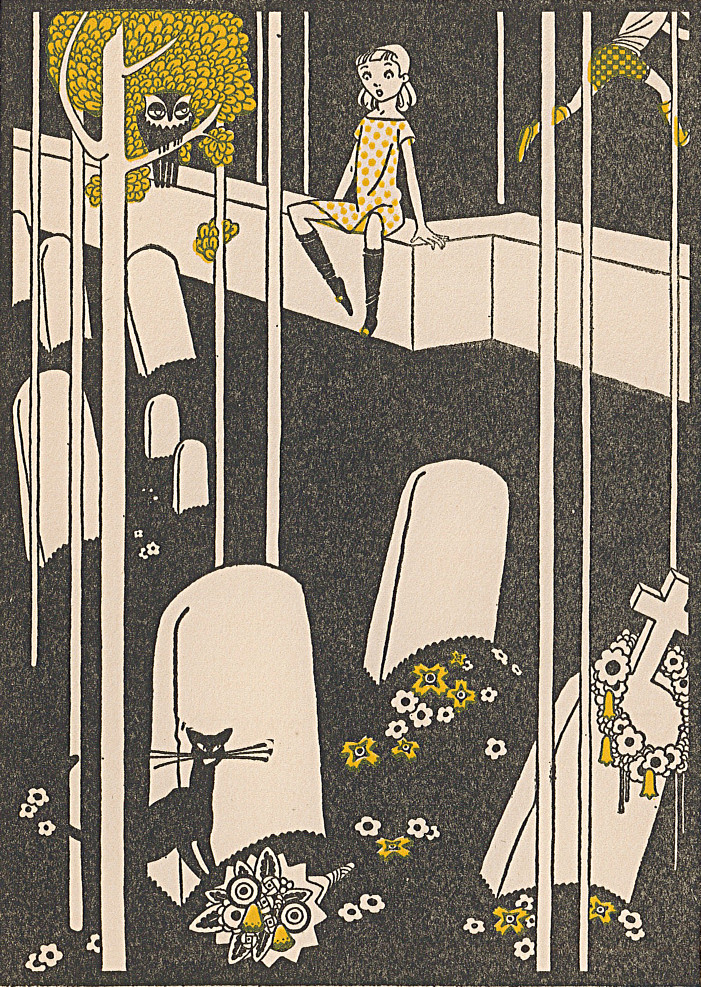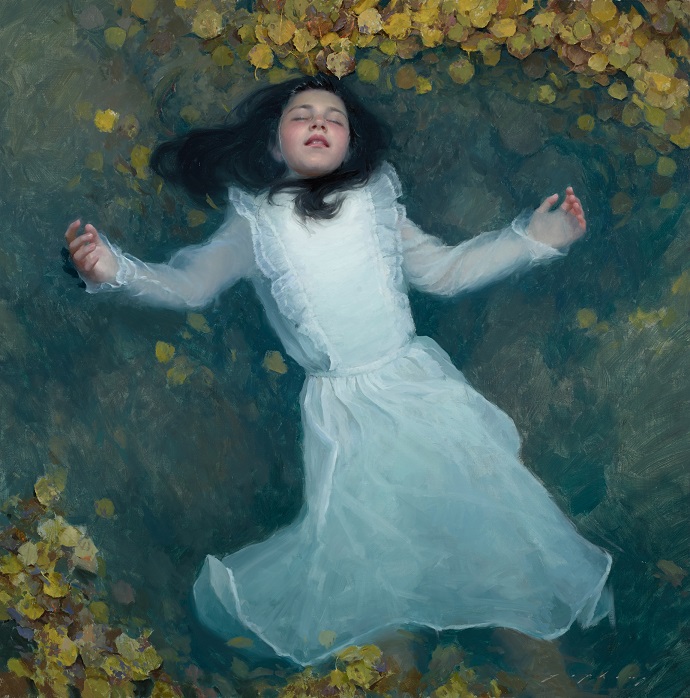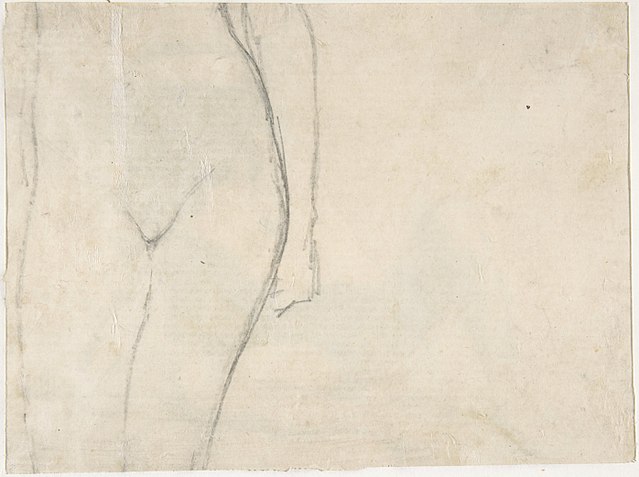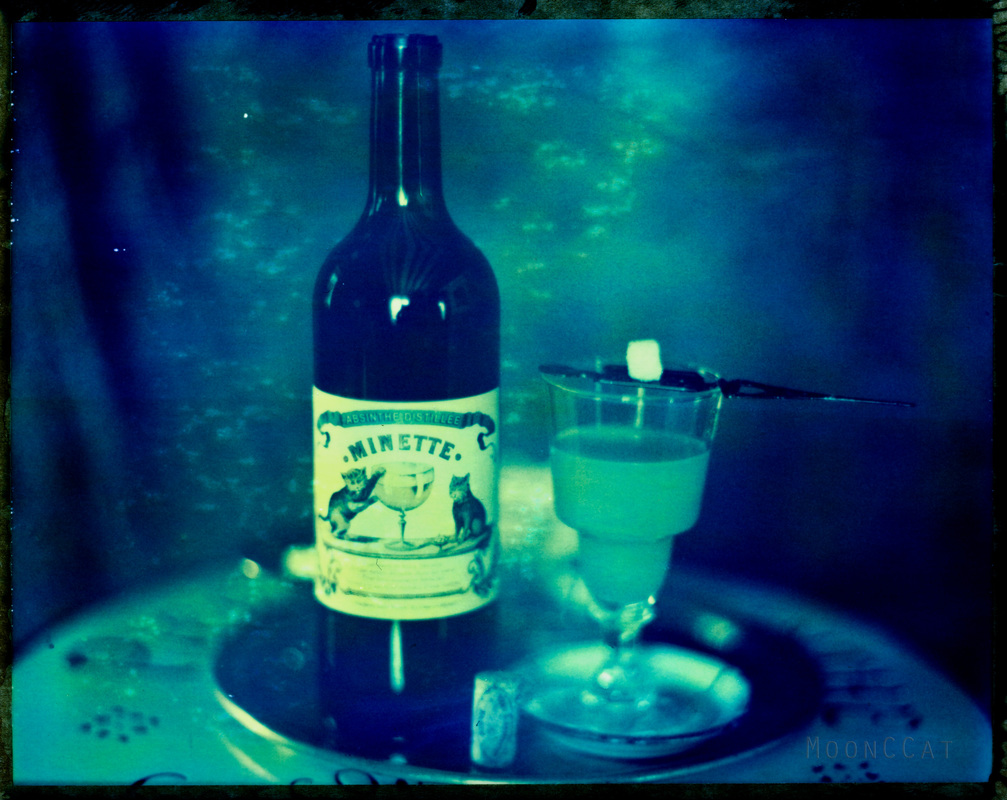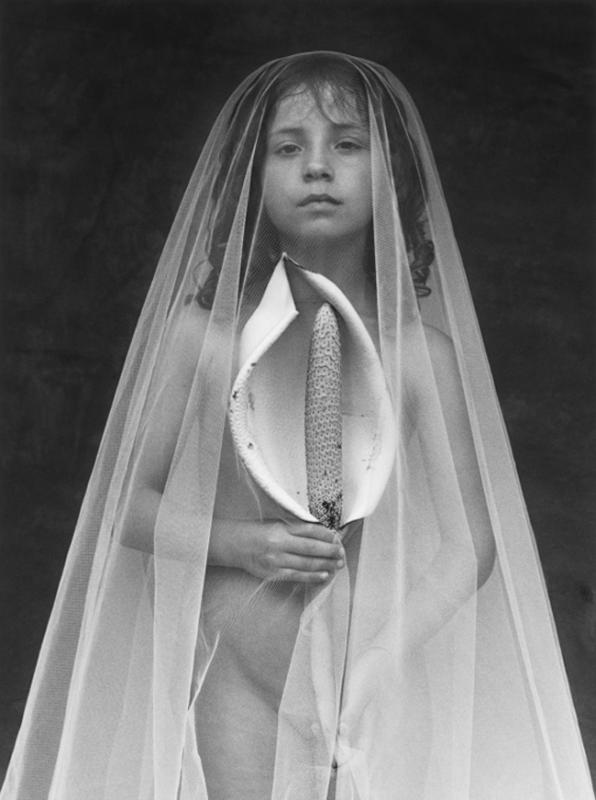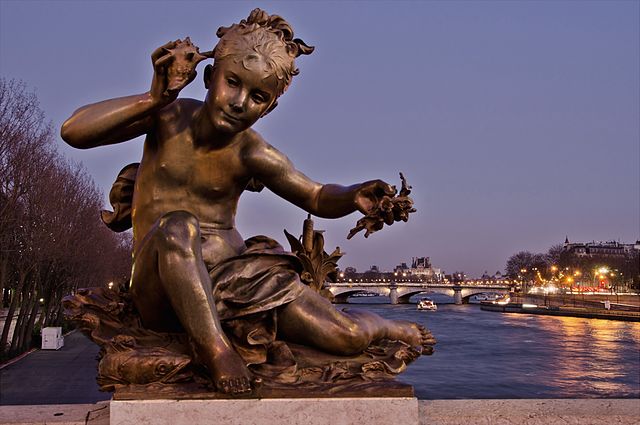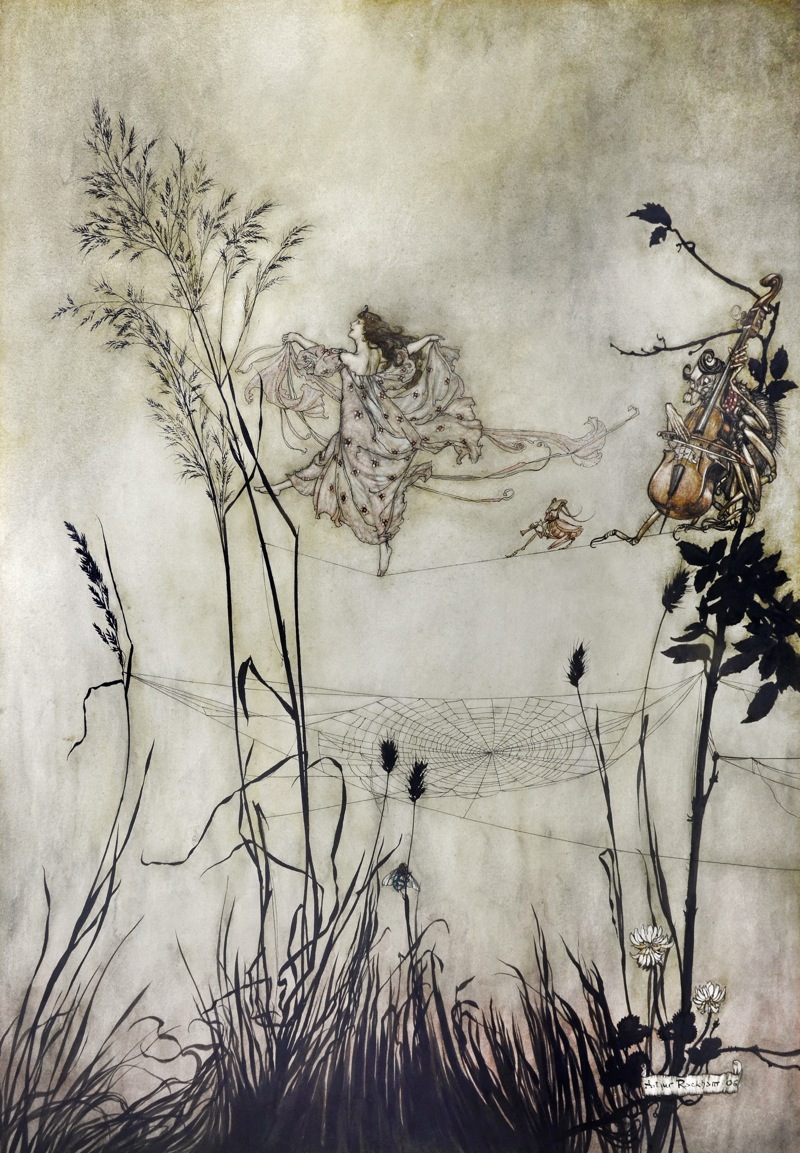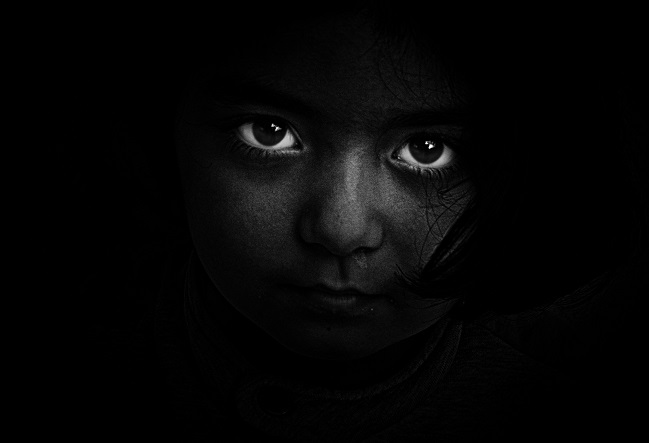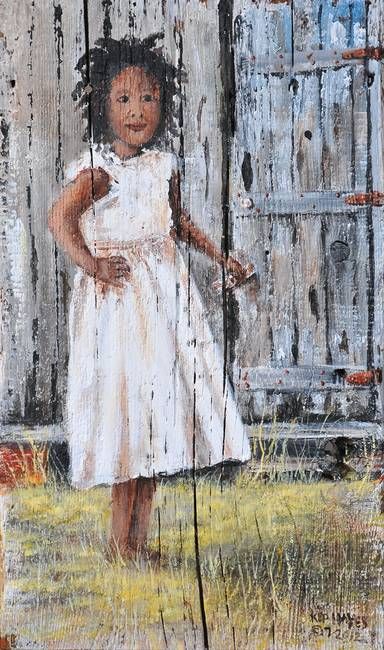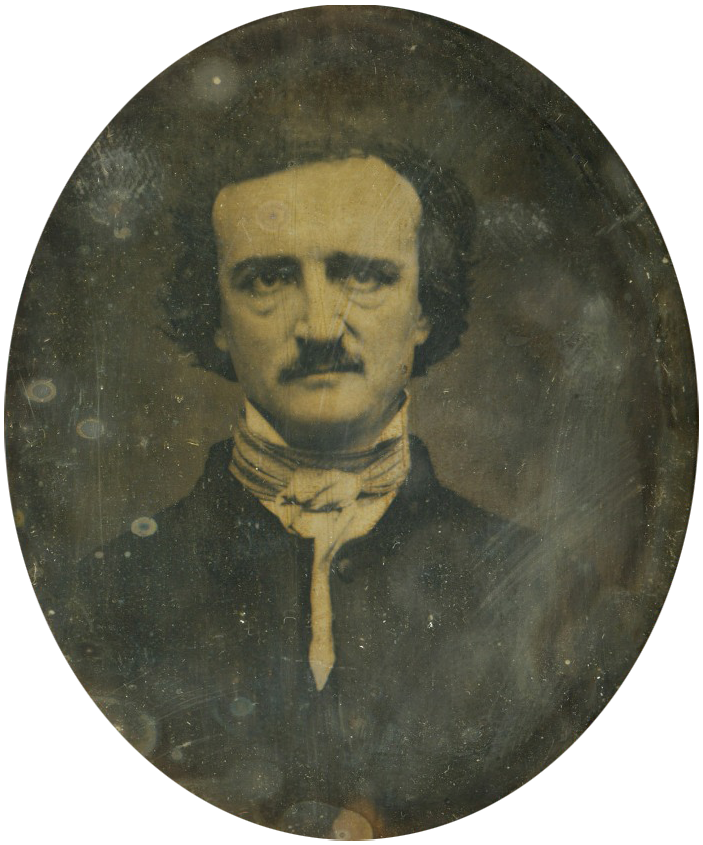
Edgar Allan Poe (January 19th, 1809 — October 7th, 1849) is an American writer known for the strangeness both of his writing and of his life. He was named Edgar Poe, the second child of two traveling stage actors; his father abandoned his family in 1810, and his mother died on December 8th, 1811. His father was also dead then, and Edgar was taken into the home of John and Frances Allan, who served as a foster family, though they never formally adopted him. From them he got his middle name Allan. The family moved to Great Britain in 1815, then back to Richmond, VA, in 1820, so Edgar was educated in both countries. CONTINUE READING / CONTINUER LA LECTURE…
